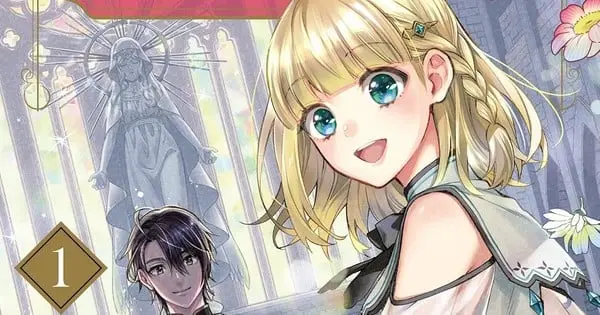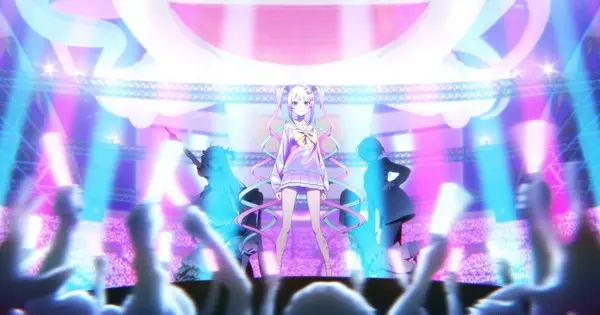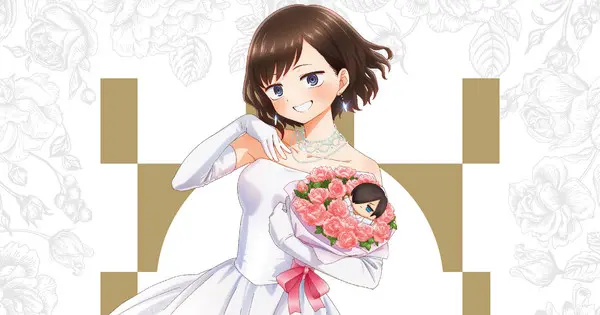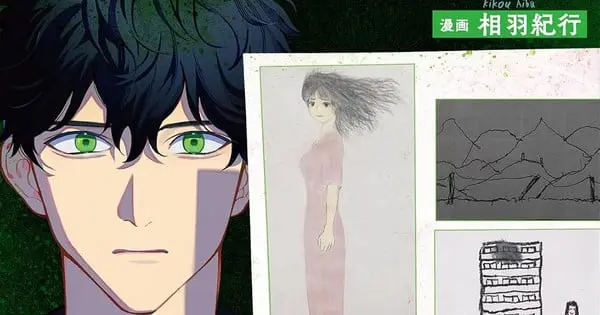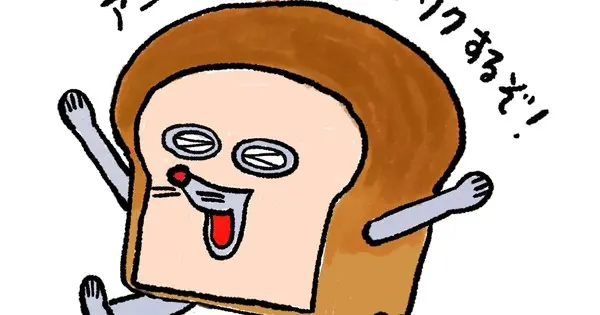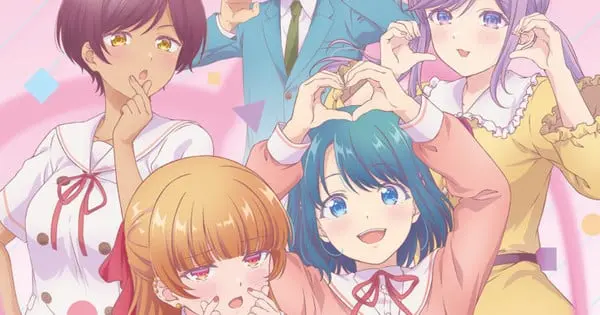Keiko Shibata’s delightful picture book series, “Pan Dorobō” (パンどろぼう), also known as “Bread Thief,” is being adapted into an anime! Kadokawa made the announcement on Monday, June 8, 2025, sending waves of excitement through fans of the mischievous bread-loving character. While the format of the anime is yet to be revealed, the news is enough to get everyone’s ovens preheated for what’s to come.
Who is Pan Dorobō?
Pan Dorobō is the creation of Keiko Shibata, a celebrated Japanese author and illustrator known for her whimsical and humorous children’s books. Born in Kochi Prefecture, Japan, Shibata draws inspiration from nature, which is evident in her vibrant illustrations and charming stories. Her other notable works include the “Meganeko” series and the “Shirokuma” series.
The “Pan Dorobō” series centers around a bread-obsessed thief who goes to extreme lengths to acquire the most delicious bread. The character is a shadowy figure who wears a piece of bread on their head to conceal their identity. Despite being a thief, Pan Dorobō is portrayed as a comical and lovable character, teaching children about the importance of gratitude for food in an engaging way. The series has garnered immense popularity in Japan, winning awards such as the TSUTAYA Picture Book Award and the Libro Picture Book Award.
The World of Pan Dorobō
The “Pan Dorobō” books follow the bread thief’s adventures as they seek out the most delicious bread in the world. Each story is filled with humor, heartwarming moments, and valuable lessons.
Story Themes
The stories often revolve around themes like:
- Gratitude for Food: Despite being a thief, Pan Dorobō appreciates good bread and highlights the joy of eating well.
- The Joy of Discovery: Pan Dorobō’s quest for the best bread leads to exciting discoveries and encounters.
- Mischief and Fun: The series is filled with lighthearted mischief that appeals to children.
- Problem-Solving: Pan Dorobō often faces challenges in their bread-seeking adventures, requiring creative solutions.
Key Elements of the Story
- The Bread Thief: A mysterious character who loves bread above all else. They wear a bread disguise and embark on comical heists to find the perfect loaf.
- Bakeries: The primary setting for the stories, showcasing various types of bread and the art of baking.
- Humor: The series is known for its slapstick comedy and witty scenarios that entertain both children and adults.
Books in the Series
The “Pan Dorobō” series includes several titles, each with its unique storyline:
- Pan Dorobō (Bread Thief): The first book introduces the character and their love for bread.
- Pan Dorobō vs. Nise Pan Dorobō (Bread Thief vs. Fake Bread Thief): The bread thief encounters an imposter, leading to a hilarious showdown.
- Pan Dorobō to Nazo no Furansu Pan (Bread Thief and the Mysterious French Bread): A mystery unfolds involving a special French bread.
- Pan Dorobō: The Departure of Onigiri Boya: A crossover story featuring a character from another series who runs away from home in search of new culinary experiences.
- Pan Dorobō to Ringokamen (The Bread Thief and the Apple Mask): Set on a fruit farm, the Bread Thief investigates acts of vandalism.
Why an Anime Adaptation?
The anime adaptation of “Pan Dorobō” is a natural progression for the beloved series. Here’s why:
- Popularity: The picture books have sold over 200,000 copies and won numerous awards, indicating a strong fan base.
- Visual Appeal: The vibrant illustrations and whimsical character designs are perfect for animation.
- Engaging Stories: The humorous and heartwarming storylines translate well to the screen.
- Educational Value: The series subtly teaches children about food appreciation and problem-solving.
- Merchandise Potential: An anime adaptation is likely to boost the sales of existing “Pan Dorobō” merchandise and create new opportunities.
What to Expect from the Anime
While the format of the “Pan Dorobō” anime is still under wraps, here are some possibilities:
- Short Series: Given the nature of the picture books, a series of short episodes would be a fitting format.
- Episodic Format: Each episode could adapt a different “Pan Dorobō” book or explore new adventures.
- Focus on Humor: The anime is expected to retain the series’ signature slapstick comedy and witty dialogue.
- Vibrant Animation: The animation style will likely reflect the colorful and expressive illustrations of the original books.
- Target Audience: The anime will likely target young children and families, staying true to the series’ roots.
Other “Pan Dorobō” Media and Merchandise
Before the anime adaptation, “Pan Dorobō” already had a significant presence in various forms of media and merchandise:
- Figure Collections: Miniature figures of Pan Dorobō and other characters are available, allowing fans to recreate scenes from the books.
- Plush Toys: Soft and cuddly plush toys of Pan Dorobō are popular among children.
- Stationery: “Pan Dorobō”-themed stationery items like stickers, magnets, and hair clips are available.
- Mugs: “Pan Dorobō” mugs featuring the character’s image are sold.
- Exhibitions: “Pan Dorobō” exhibitions have been held in various locations, showcasing the artwork and stories from the series.
Keiko Shibata: The Creative Force Behind Pan Dorobō
Keiko Shibata’s journey to becoming a successful author and illustrator is inspiring. She found inspiration in her hometown of Kochi Prefecture, which is known for its lush forests and natural beauty. Shibata’s unique sense of humor and love for nature are reflected in her whimsical stories and vibrant illustrations.
Awards and Recognition
Shibata has received numerous awards for her work, including:
- Libro Picture Book Award (for “Oishisona Shirokuma” and “Pan Dorobō”)
- TSUTAYA Picture Book Award (for “Pan Dorobō”)
Inspiration and Influences
Shibata’s love for nature, food, and humorous storytelling are evident in her work. She draws inspiration from her daily life and surroundings, creating relatable and engaging stories for children.
“Dorobō” in Japanese Culture
The term “dorobō” (泥棒) means “thief” in Japanese. While the word has a negative connotation, it is often used in a playful or humorous context, especially in children’s stories. Osamu Tezuka, the creator of “Dororo,” a classic manga series, was inspired by his childhood memory of mispronouncing “dorobō,” illustrating the word’s cultural presence.
Anticipation and Future Prospects
The announcement of the “Pan Dorobō” anime has generated considerable excitement among fans of all ages. With its charming characters, humorous storylines, and educational value, the anime adaptation has the potential to reach a wider audience and further solidify the series’ place in popular culture.
Potential Impact
- Increased Popularity: The anime could introduce “Pan Dorobō” to new fans worldwide.
- Merchandise Boom: The anime could drive sales of existing and new “Pan Dorobō” merchandise.
- Cultural Significance: The series could become a beloved classic, cherished by generations of children.
As fans eagerly await more details about the “Pan Dorobō” anime, one thing is clear: the bread thief is about to embark on a whole new adventure, and everyone is invited to join in the fun.

